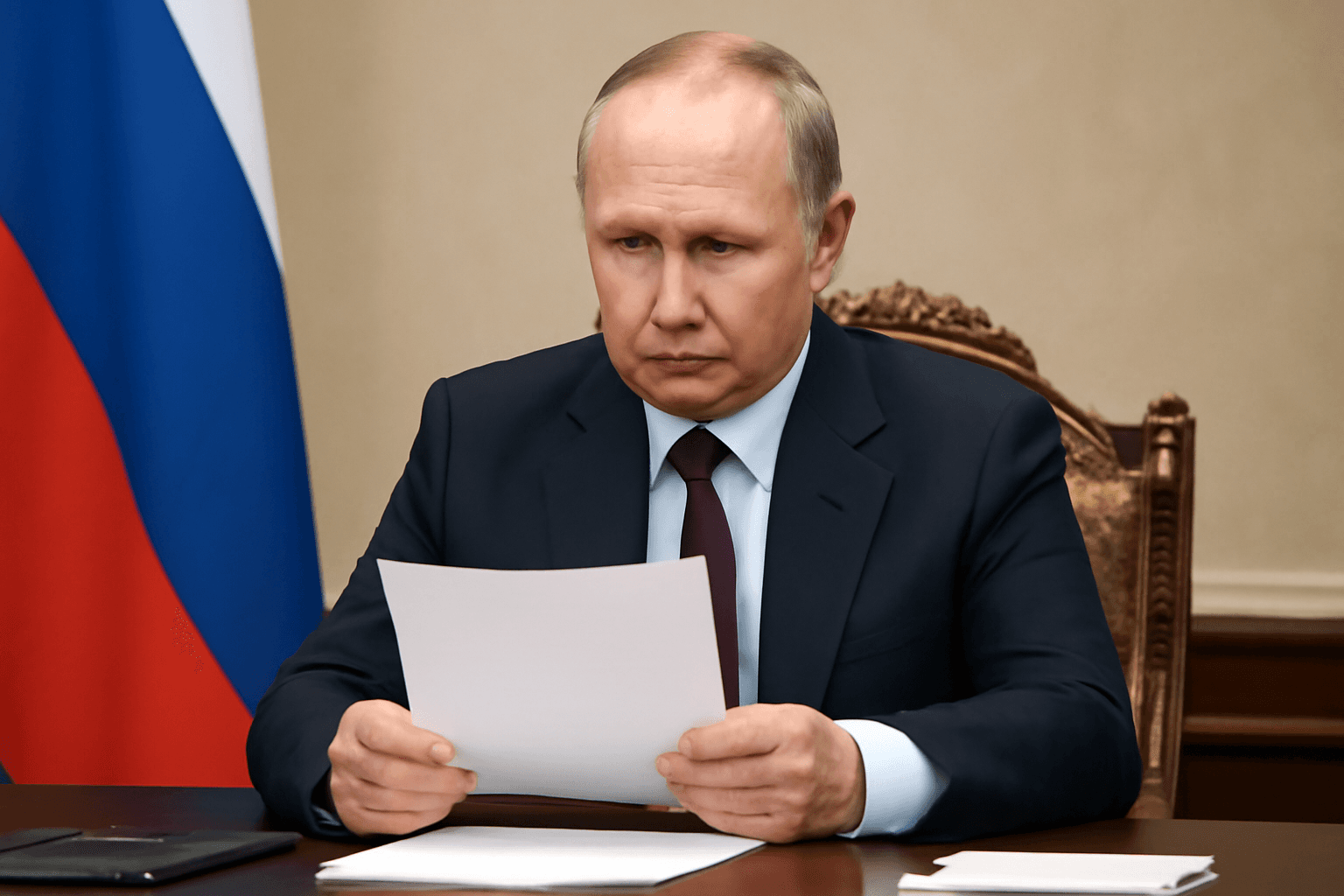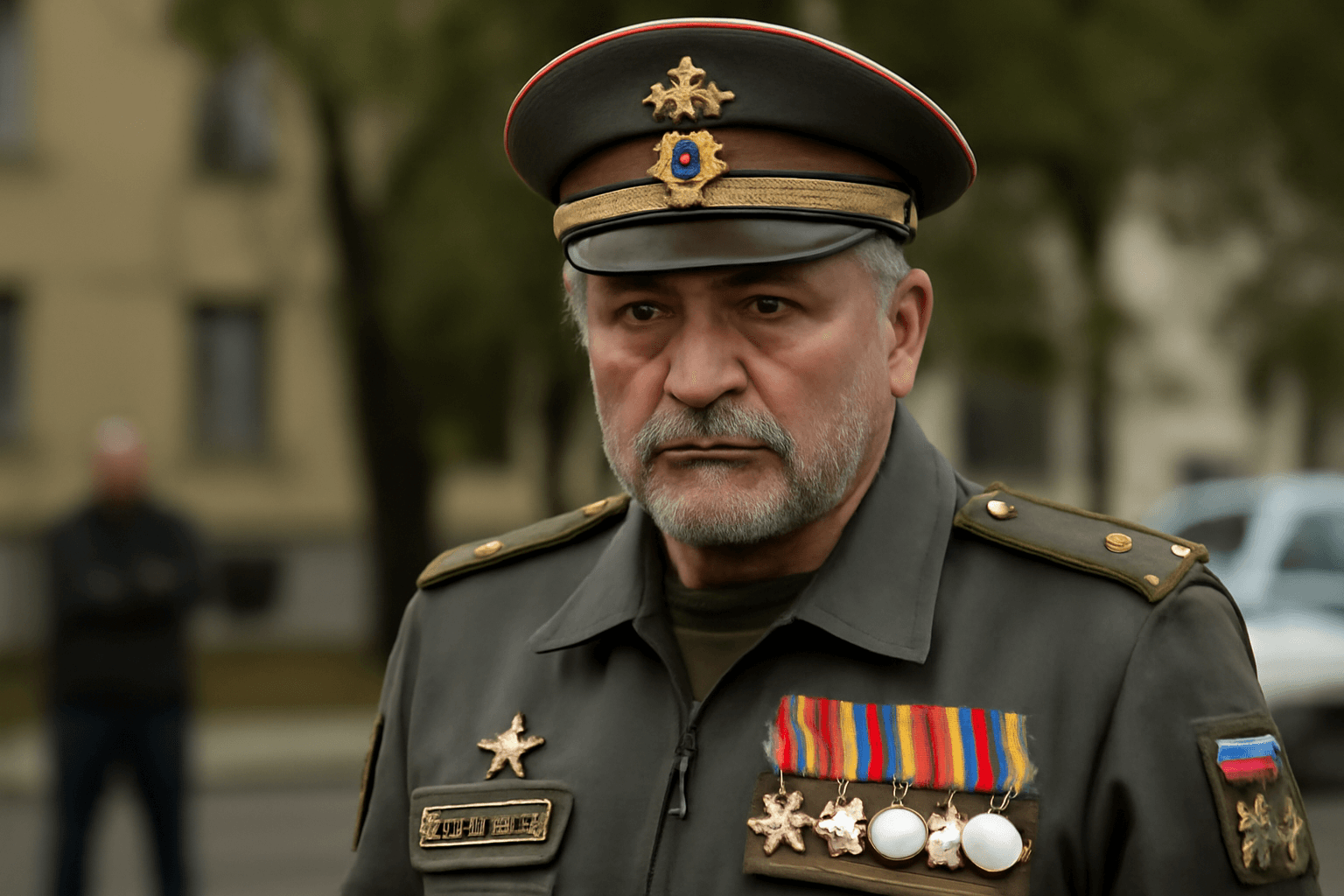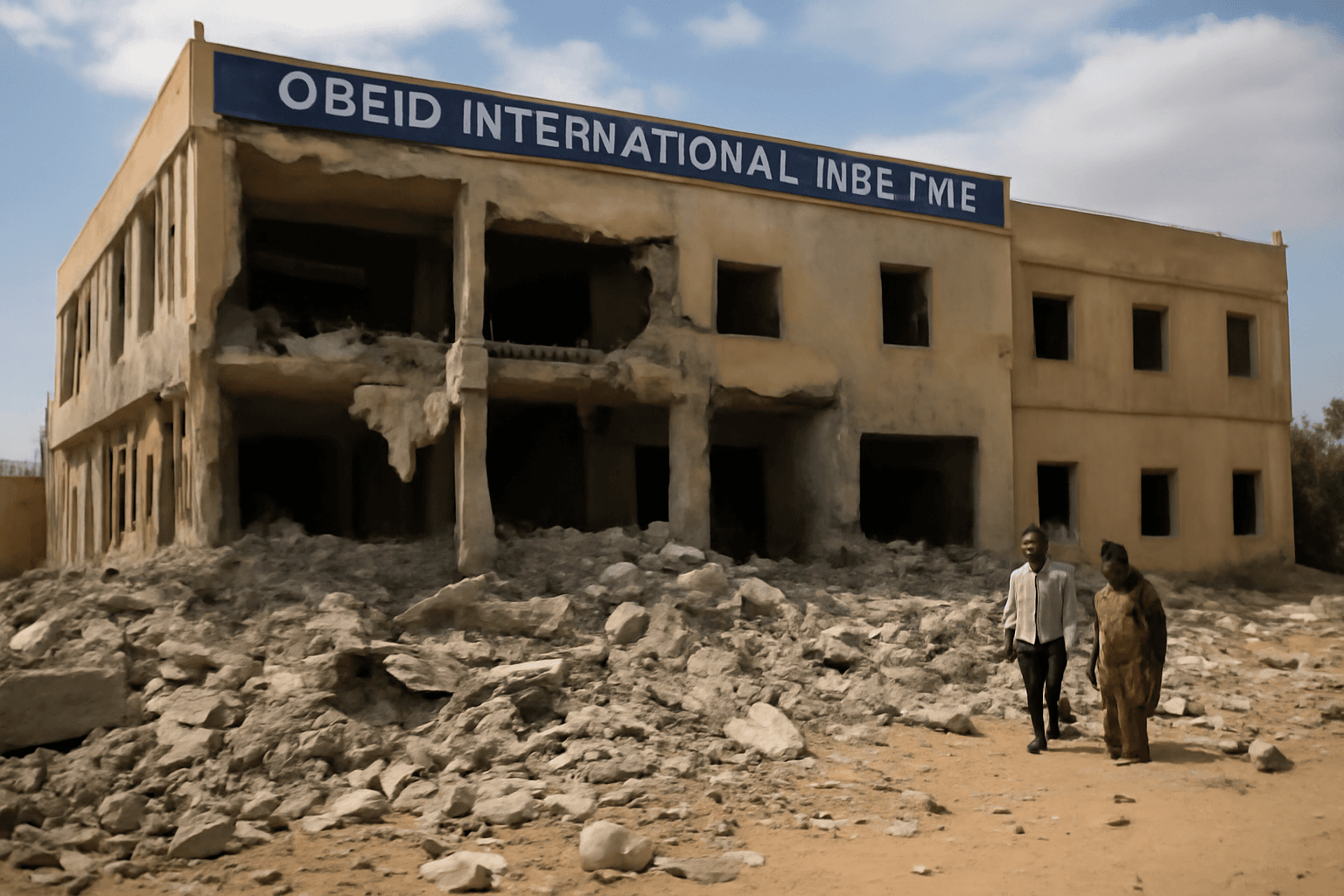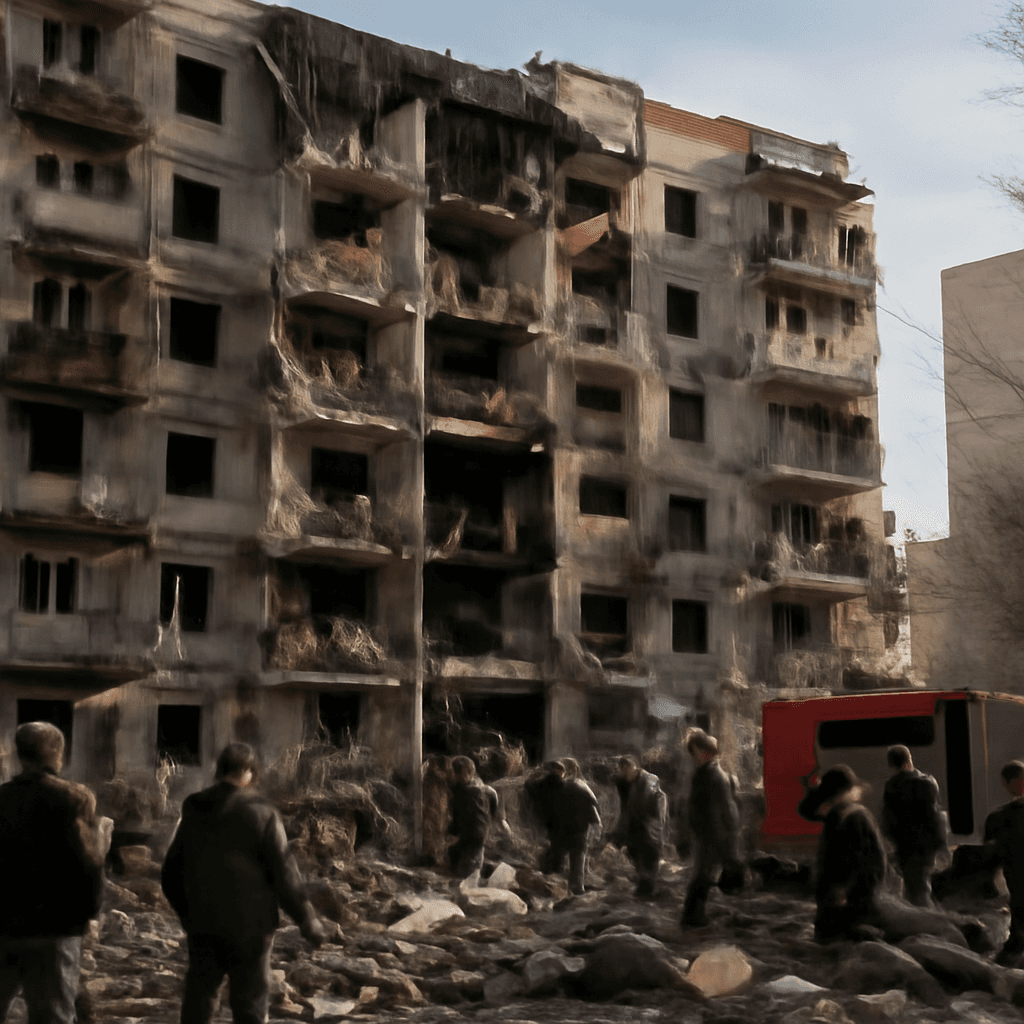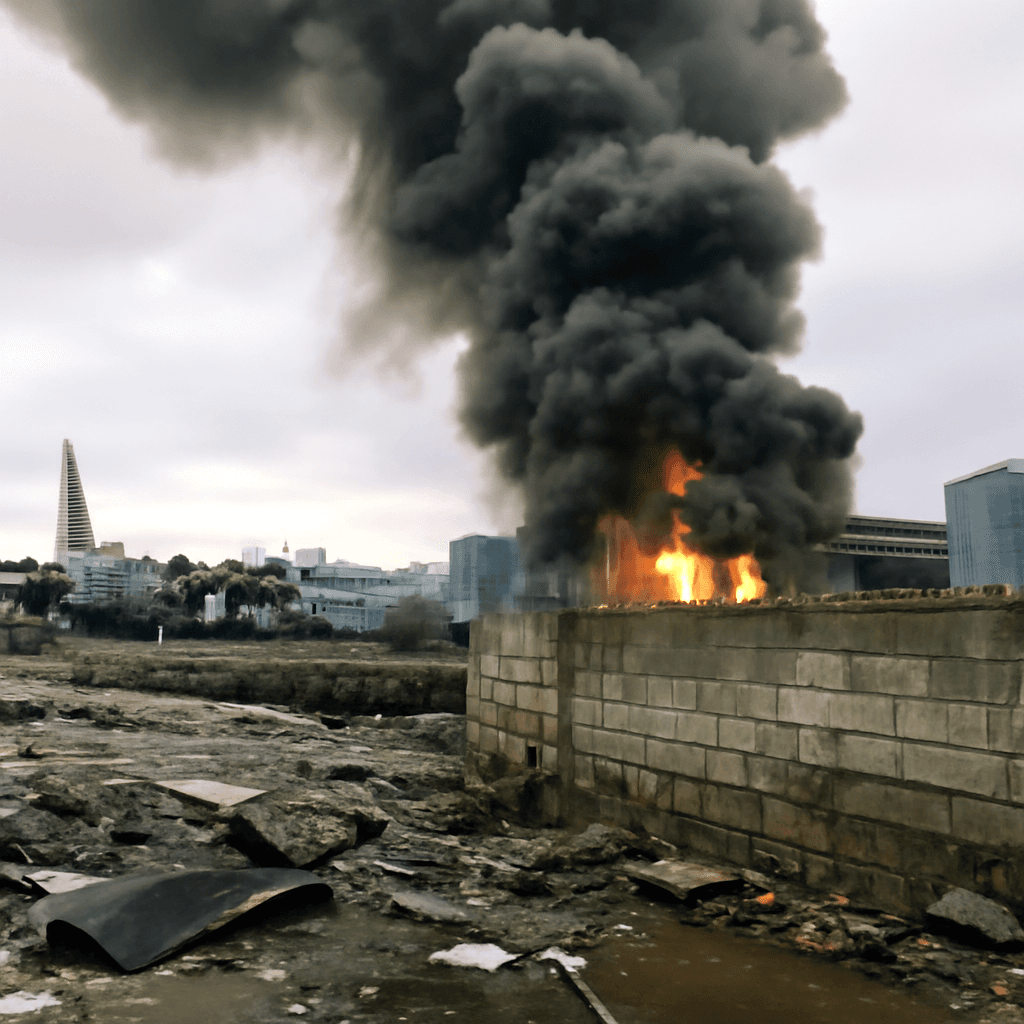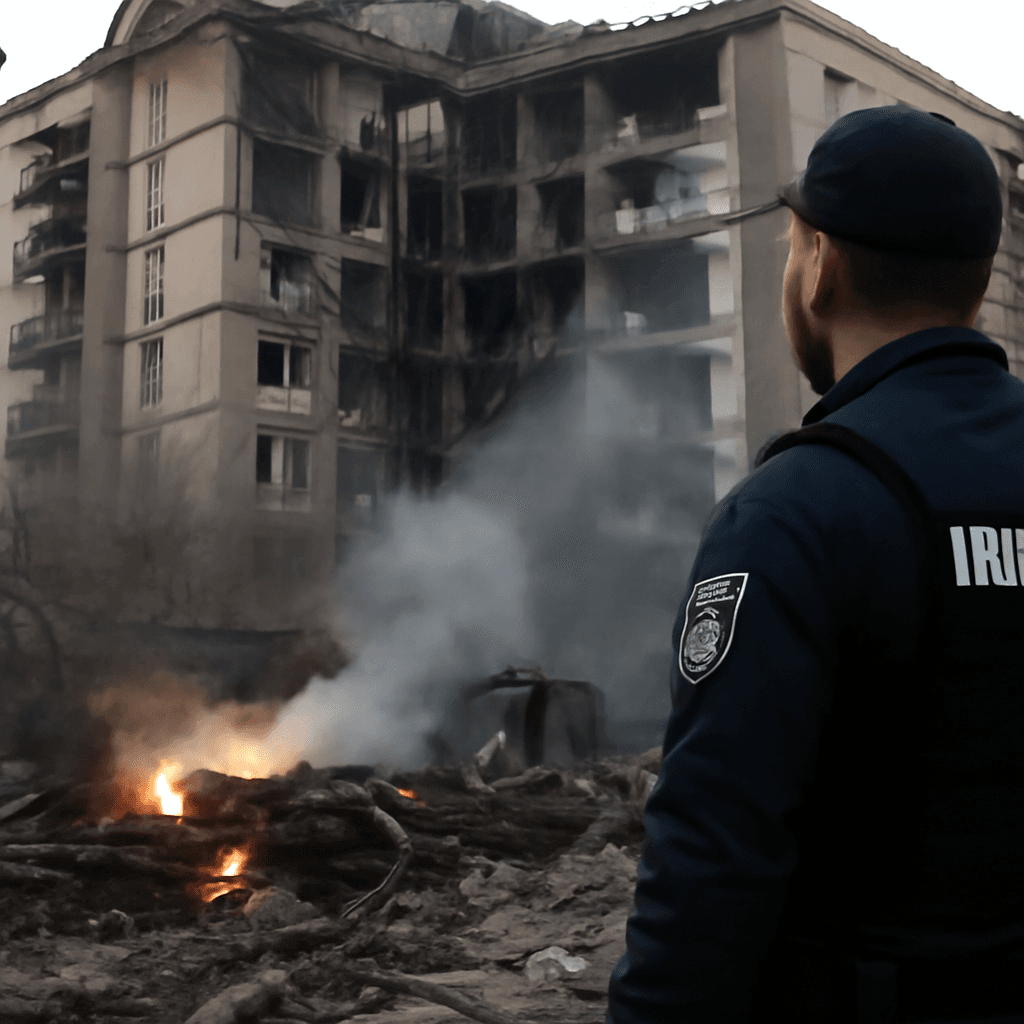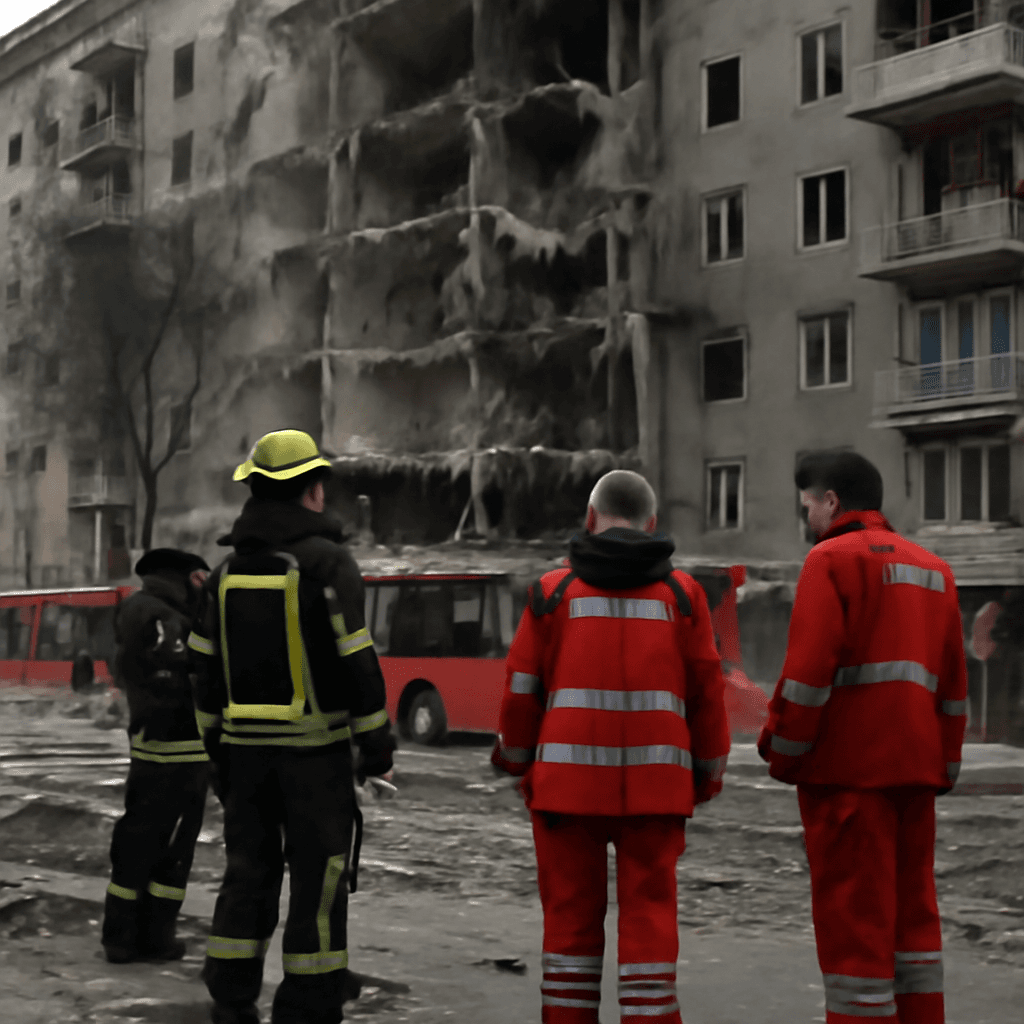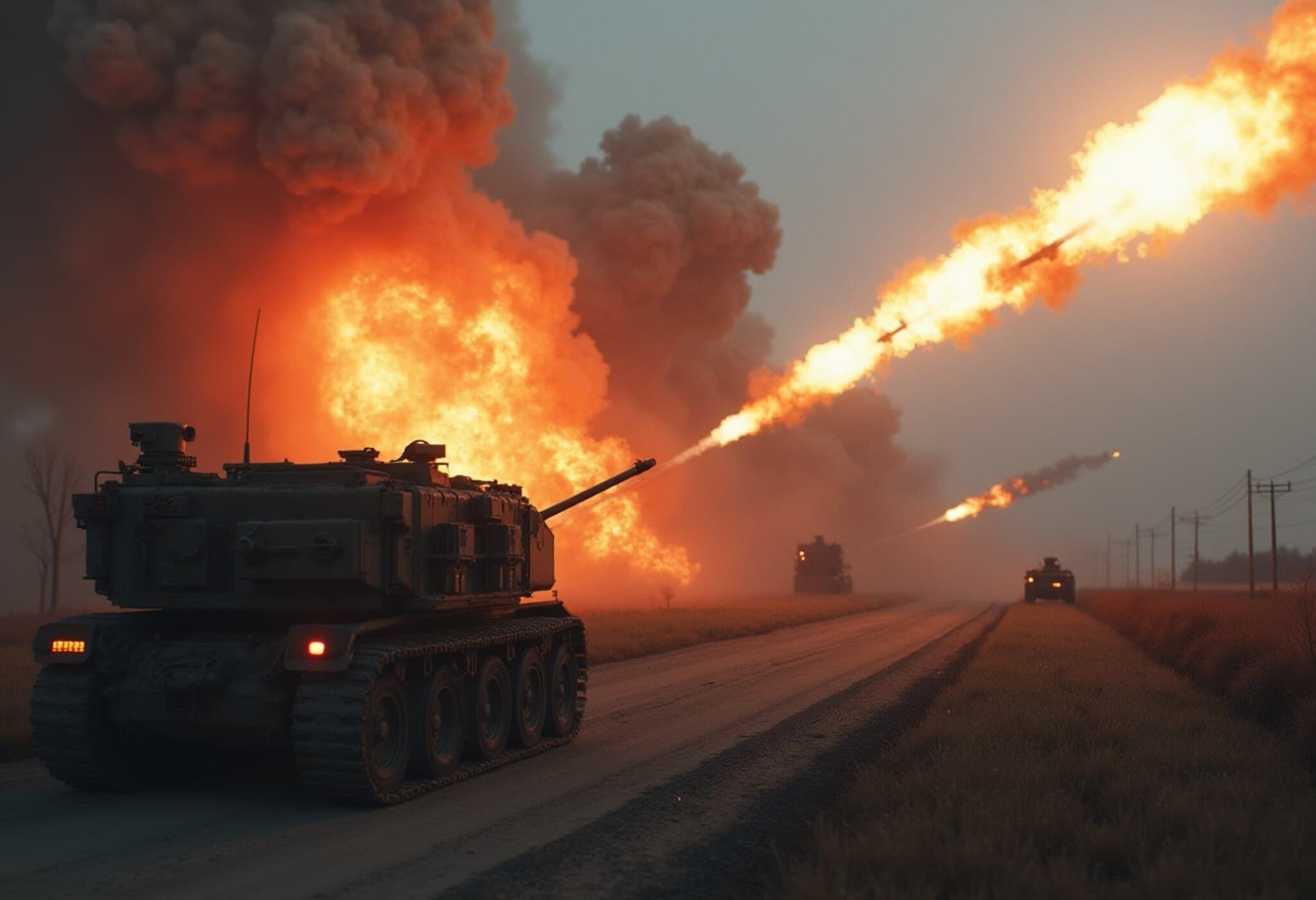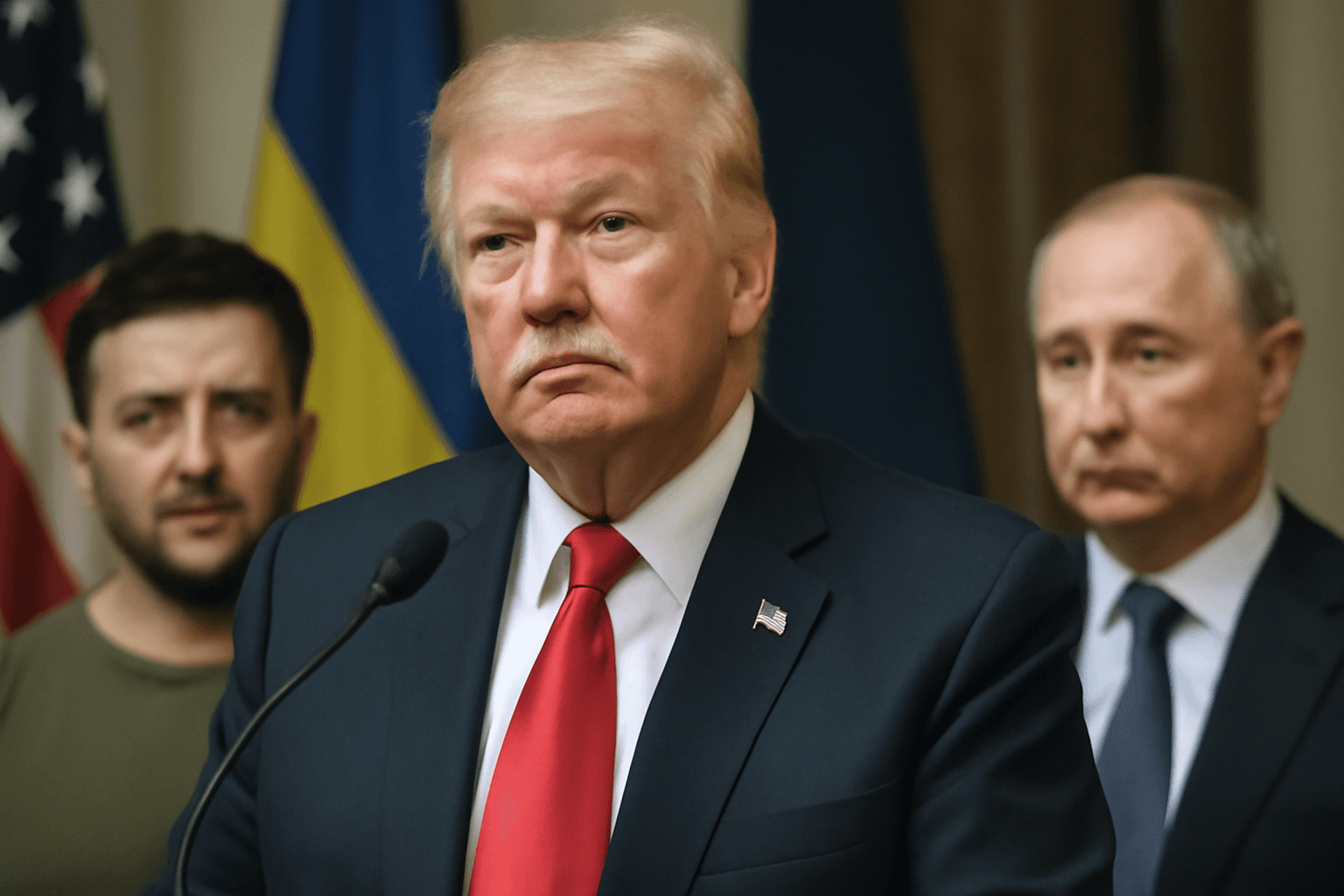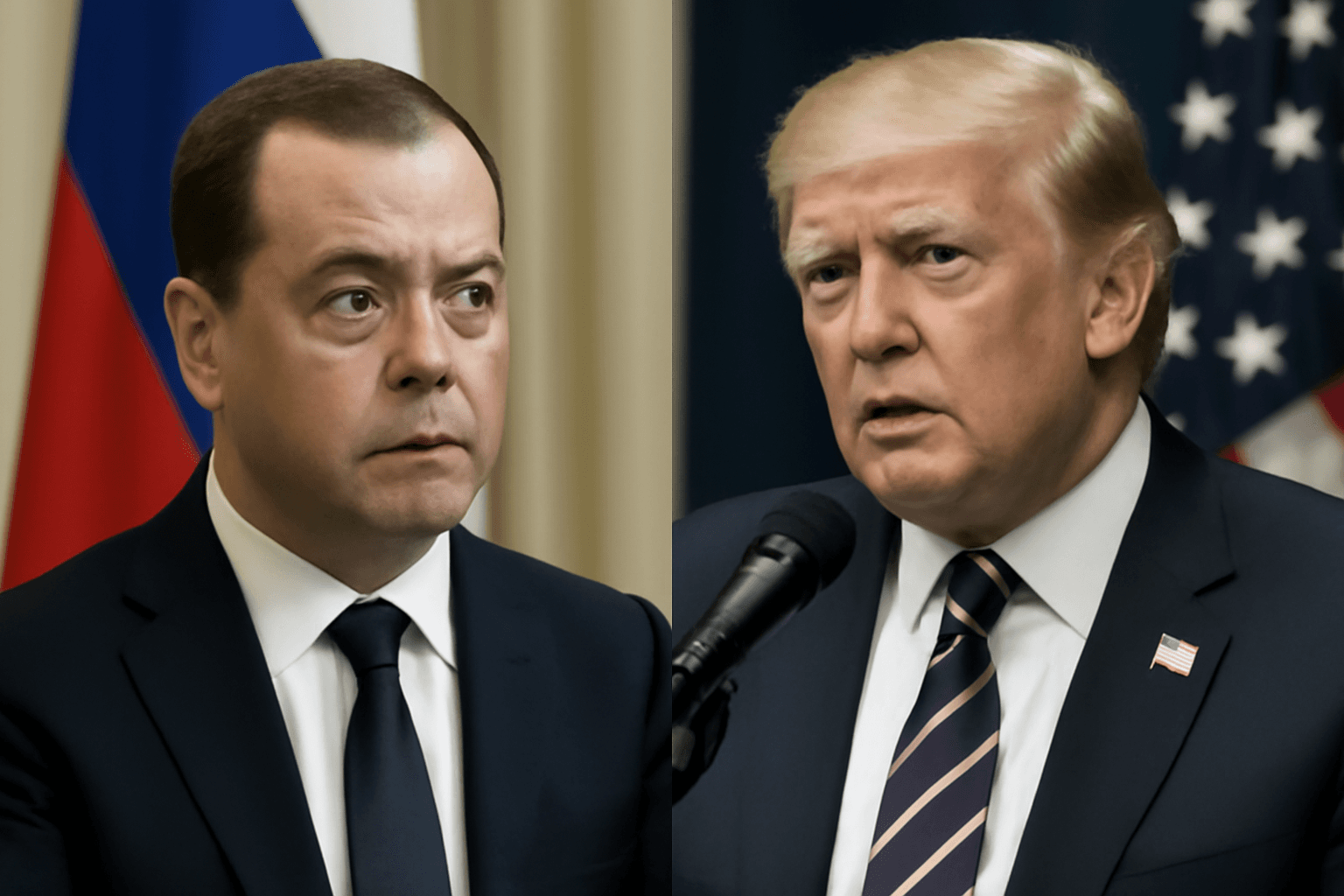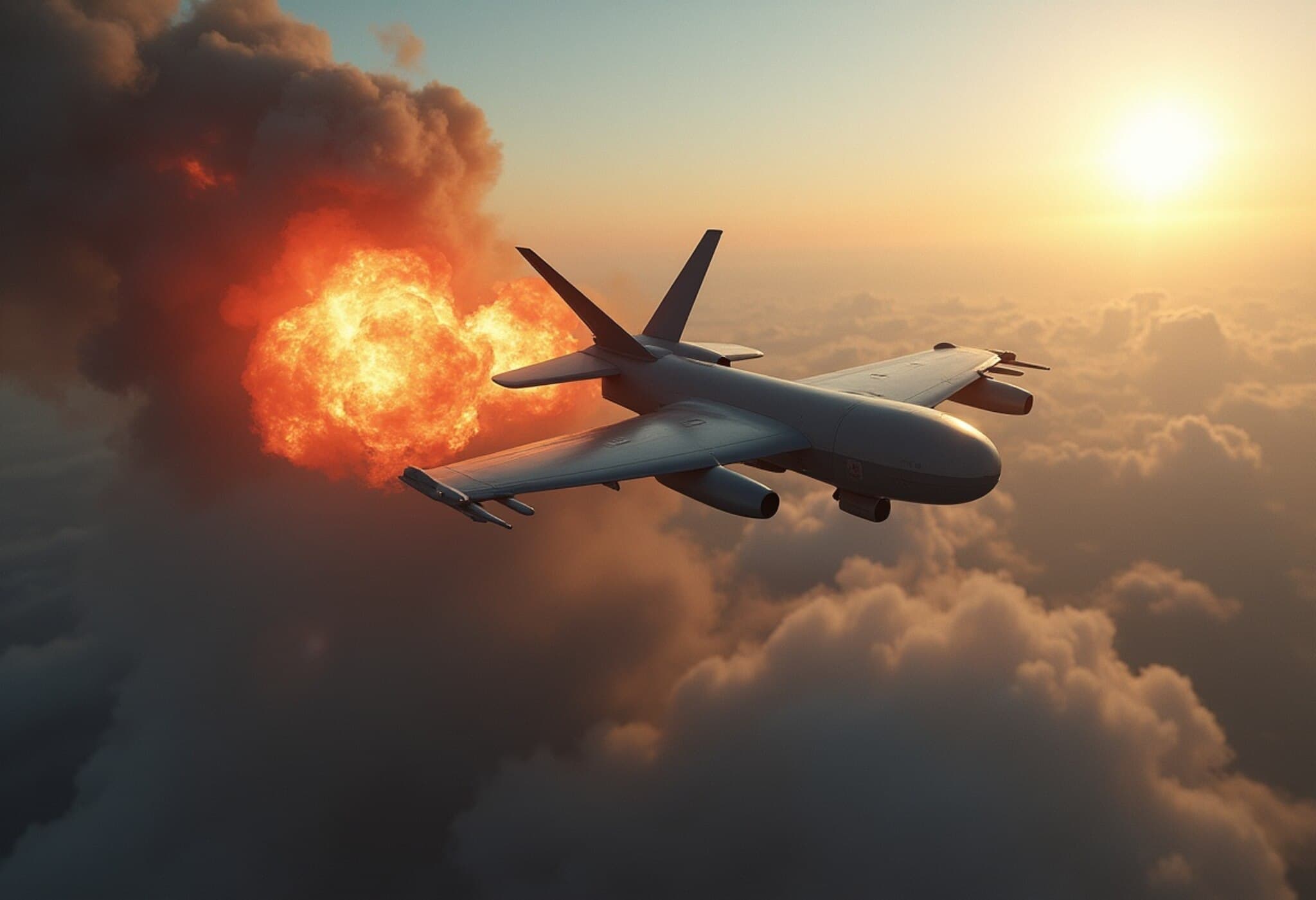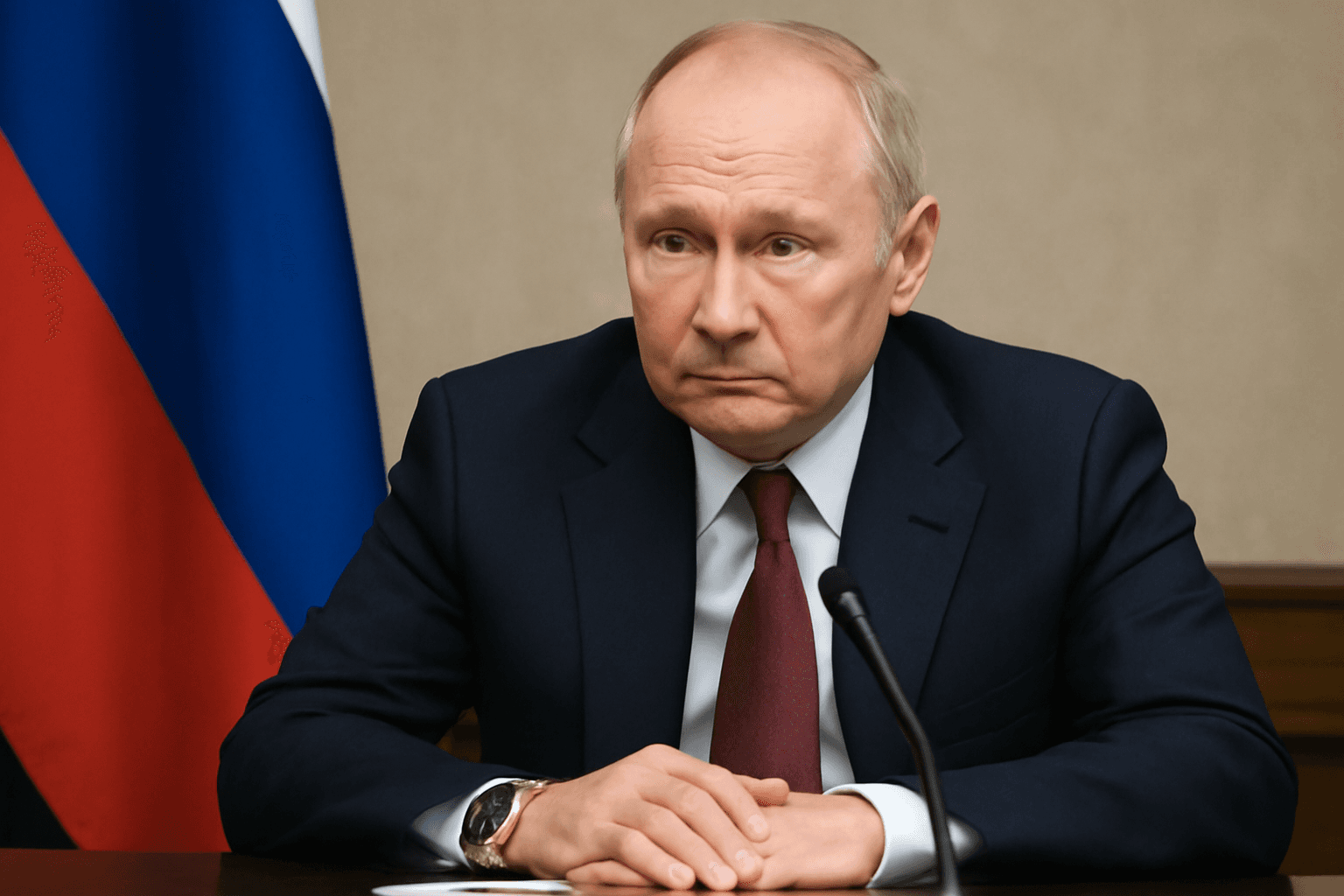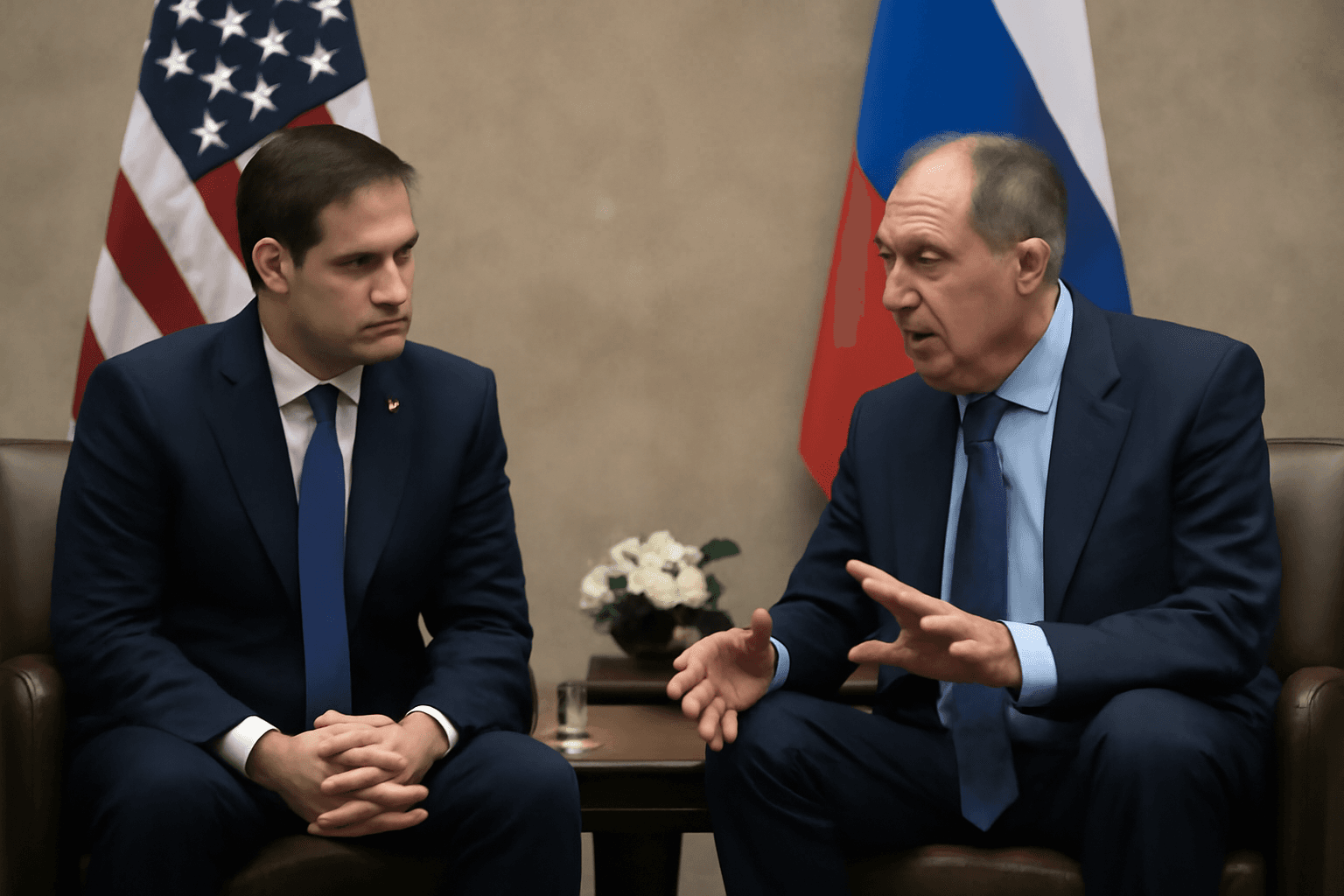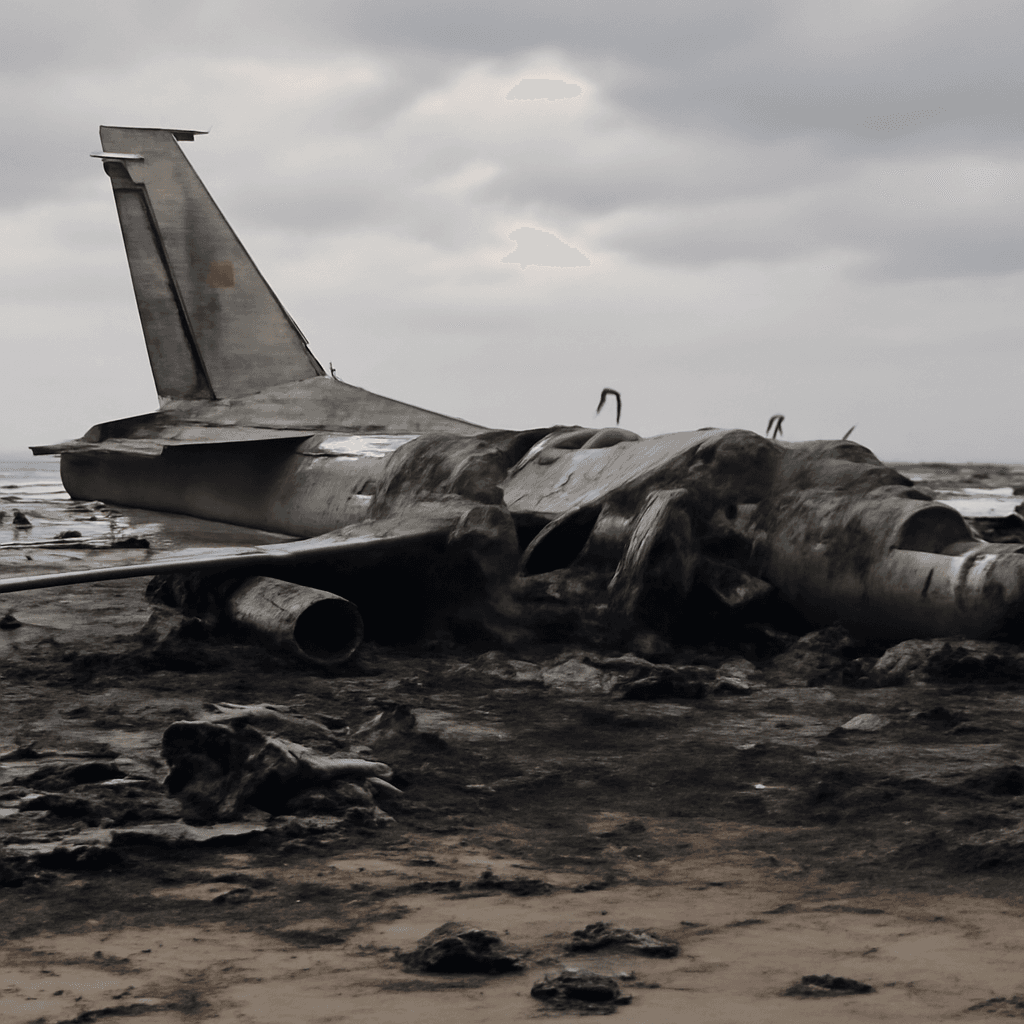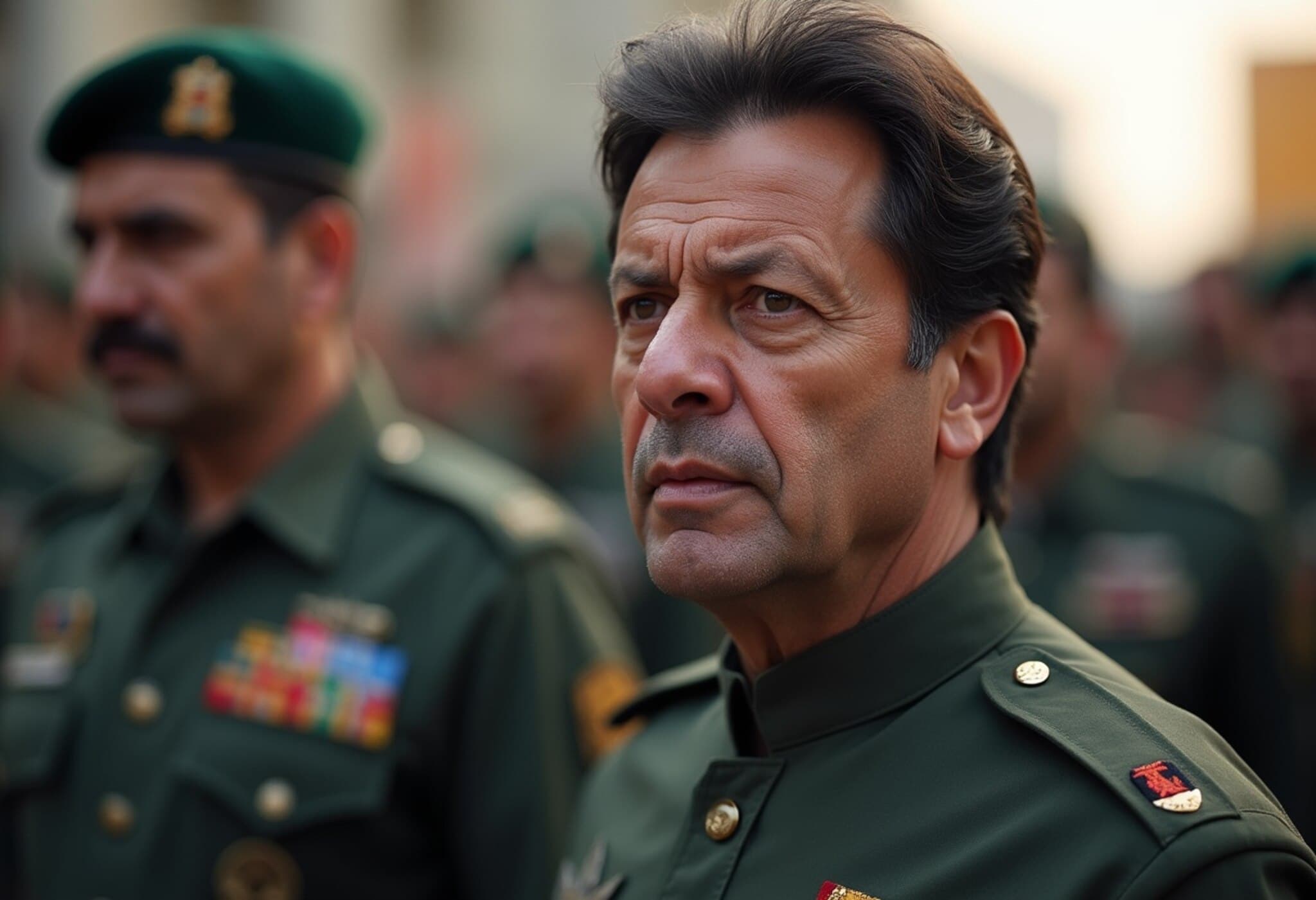Amid Conflict, Ukraine Faces a Grim Task: Naming the Unknown Dead
In the shadow of a war that has raged for over three years, Ukraine is grappling with a sombre reality: identifying the thousands of soldiers and civilians who have lost their lives but remain nameless. Following a series of prisoner and body exchanges brokered by the United States, the process of identifying returned remains has unfolded under intense pressure and desperate urgency.
The Overwhelmed System at Odesa Railway Station
The railway station in Odesa has become a somber hub in this painstaking effort. Bodies arriving from the frontlines or exchanged via Russia often arrive in distressing conditions—covered in mud, mutilated, and sometimes bearing no immediate clues to their identity. To manage the volume and accelerate identification, Ukrainian teams have developed a conveyor-belt style system right on the railway platform, facilitated by six specialized teams working under camouflage netting to shield them from the summer heat.
Each team comprises a police investigator, forensic technician, pathologist, intelligence officer, and sanitation worker, all collaborating seamlessly in an environment that is as emotionally taxing as it is physically demanding. This setup starkly contrasts with traditional autopsy labs, which have long been overwhelmed by the colossal scale of casualties.
Forensic Processing: A Race Against Time and Trauma
- Initial Screening: Bodies undergo meticulous searches for explosives, documents, clothing fragments, jewelry, or personal effects.
- Documentation: Any recovered items are photographed, carefully bagged, and sealed with the body to preserve vital identification clues.
- DNA Profiling: Each body is assigned a unique 17-digit code reflecting its arrival date, receiving institution, and sequence, enabling precise tracking throughout the identification pipeline.
Experts estimate the entire process might take over a year due to complexities such as mixed remains within a single body bag or the sheer volume of cases. Ukrainian Internal Affairs Minister Ihor Klymenko has openly acknowledged these challenges, underscoring the emotional weight carried by the teams.
The Human Cost Behind the Numbers
To put this in perspective, more than 70,000 Ukrainians—both military personnel and civilians—are officially listed as “missing under special circumstances,” a classification used for individuals who disappeared amid the conflict. Each unnamed body represents not just a loss of life but a family left without closure and a nation mourning its unrecorded sacrifices.
Recent exchanges with Russia have brought back around 2,600 bodies, with 1,600 retrieved last month and another 1,000 in the first week of August alone. Yet, Russian state media has offered scant coverage on these repatriations, barely acknowledging the scale or significance of these somber deliveries.
Contextual Insight: The War’s Lingering Legal and Social Implications
From an American policy perspective, the negotiation of such exchanges is a critical humanitarian measure amidst ongoing hostilities. It highlights the complex interplay between diplomacy, wartime law, and forensic science. Moreover, it underscores the need for robust international support to establish clear protocols for handling remains, preserving human dignity, and facilitating family reconciliations.
The process also raises pressing questions:
- How does Ukraine plan to bolster its forensic facilities to cope with such monumental demand?
- What mechanisms are in place to support families awaiting word on missing loved ones?
- How might international stakeholders better assist Ukraine’s efforts through funding, expertise, and diplomatic pressure?
Expert Commentary
Dr. Elena Soroka, a forensic pathologist specializing in conflict zones, notes, "Ukraine’s conveyor-belt system is an innovative yet heartbreaking adaptation to extraordinary circumstances. It combines scientific rigor with compassion, though it cannot erase the profound loss each unidentified victim represents. This is where policy must intersect with humanity — ensuring sufficient resources and international cooperation to honor those who have fallen."
Editor’s Note
The staggering scale of Ukraine's unidentified dead is a poignant reminder of the war’s enduring human toll—beyond battlefront headlines lie months, even years, of painstaking effort to restore names to the nameless. As the international community watches, this ongoing crisis challenges us to consider the vital role of forensic science, diplomacy, and humanitarian aid in conflict resolution. How we respond to these challenges not only defines our current policies but echoes in the legacy we leave for future generations.


